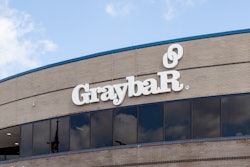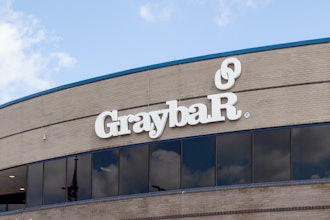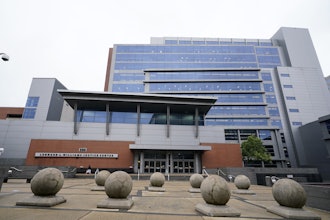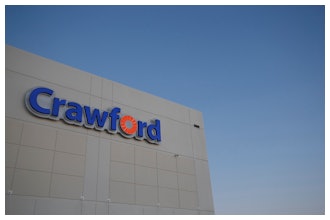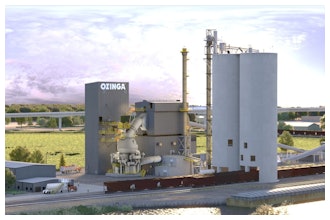
The 78th annual Survey of Distributor Operations continues with its second and final installment, featuring a look at best practices, employment patterns and what keeps customers coming back. Read part 1, covering economic issues, financial performance and technology trends, here.
Best Practices
It is generally true that supplier price increases hit distributors on an annual basis, and 91% say that manufacturers have raised their rates this year, a figure that aligns with what respondents have reported the last few years.
Still, it appears that distributors have come to view this as par for the course: only 14% characterized their relationships with suppliers as having “gotten worse,” whereas the vast majority (62%) said those relationships have remained the same. In fact, nearly a quarter of respondents say relationships with key suppliers have gotten better.
The figures suggest these critical relationships may have stabilized a bit after COVID sent supply chains into a tailspin, resulting in inventory angst throughout the channel. For context, our 2021 survey response pool included a whopping 38% who said their relationships with suppliers had gotten worse over the year prior.
Suppliers tend to ease the burden with things like coop marketing programs, a benefit cited by 23% of distributor respondents who took our survey. Twenty-two percent see new product introductions as a way of blunting the business impact of price hikes, and 15% say the same for extended terms. By and large, though, suppliers don’t do anything, and 55% of our pool says that’s the case for them.
When it comes to the criteria by which distributors evaluate their key suppliers, a few characteristics tend to always emerge at the top:
- Quality (80%)
- On-time delivery (60%)
- Service and support (54%)
And despite all the concern over increases, price is actually ranked the fourth-highest when it comes to supplier selection — though it’s well ahead of criteria like reputation and terms, the latter which a mere 6% identified as being highly important.
Speaking of terms, 46% of our respondent pool are operating on payment terms in the 31-40 day range and another 26% at 41-60 days.
Lastly, we asked distributors the role industrial vending plays in their service model, and just over one in five say they install and maintain vending machines at customer locations. Another 11 percent say they plan to do so in the future.
Value of the Distributor
The distribution industry’s longstanding focus on a robust service model has continued to support customer satisfaction and, because of it, many firms remain committed to enhancing their offerings.
Half of our survey respondents point to vendor-managed inventory as a service their company offers, though it may not derive the biggest chunk of service revenue. Respondents tell us these are the biggest areas where they charge a fee for services:
- Shipping (85%)
- Setup/installation (27%)
- Fabrication/kitting (23%)
- Design engineering/consulting (19%)
- Inventory management (18%)
Overall, just a handful of our respondents claim to derive significant revenue from their services. In fact, the majority of respondents say services contribute 10% or less to their overall revenue with more than one in five saying that figure is zero. Just 3% generate more than half of their revenue from services.
In this category, distributors also shared with us the ways in which they believe their companies shine. When asked why customers do business with them, respondents cited things like consistency of experience and trustworthiness, as well as quick turnaround. But most notably, they feel they are well-rounded: in a list of five core benefits, more than half simply responded with “all of the above.”
And many a well-rounded independent will find support in the industry’s robust network of coops and buying groups. Of our survey respondents, half are involved in either one or the other — with 13% saying they participate in both.
Employment
If this survey is any indication, then the heightened workforce challenges that have dogged distributors for the past few years may be evening out.
In our 2024 survey, 70% of respondents said prior-year turnover had not worsened or had not worsened enough to be notable. This year, 80% said the same.
But has the pendulum swung too far in the other direction? Some signs point to destabilization of labor, including the fact that 16% report cutting staff in the past year and another 17% believe they will do so in the year ahead.
This represents a notable increase. The number who cut jobs jumped seven percentage points from those who said the same in 2024. Likewise, the 17% who predict job cuts ahead is a segment that’s eight percentage points higher than last year. While 54% of those surveyed in 2024 said they’d added staff in the previous 12 months, 39% said the same in our 2025 survey.
For those reducing staff, administration-type roles were the most cited for cuts (50%), followed by sales (29%) and operations (18%). Five percent said they cut staff in all of the six categories offered. For those who have added staff, sales was the most popular at 57%, followed by customer support (37%) and warehouse (34%). Respondents were also more likely to say they’ve added roles in all categories, with nearly one in five indicating that was the case for their business.
In terms of hiring and retention, distributors in our report say that salespeople are the most difficult to both recruit and retain, followed by warehouse and customer service personnel. Nine percent said that all positions are challenging to fill, and it stands to reason that distributors have some work to do when it comes to boosting their efforts. For example, when asked to gauge their company’s ability to recruit new talent, nearly half characterized those efforts as “fair” or “poor.” Only six percent believe their distributorship is “excellent” when it comes to recruiting.
As for retention, companies continue to offer a wide breadth of benefits in order to offer the incentives that top talent has come to expect. Specifically, 75% increased wages and/or offer pay for performance; 60% offer flexible work environments; and 45% have provided improvements to their benefits package.
See the complete Survey of Distributor Operations in the May/June issue of Industrial Distribution magazine.






